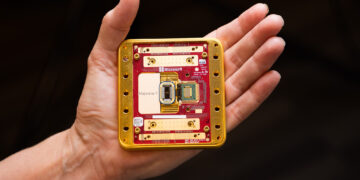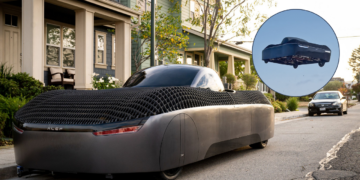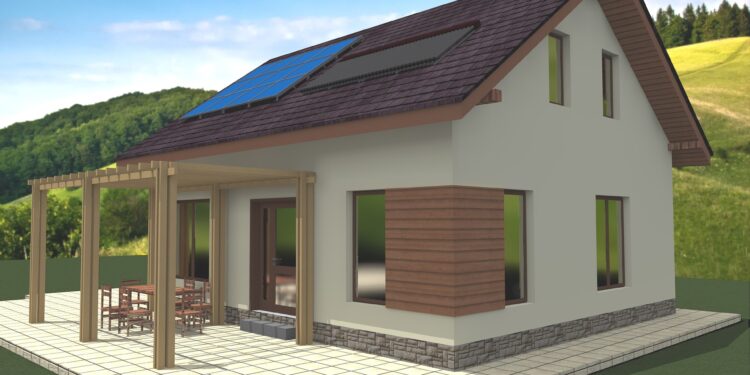In Beckum, a German city, the first 3D printed house is being built thanks to the Italian research of Italcementi, an Italian building materials company ready to revolutionise the world of residential construction with 3D printing or additive manufacturing technology.
The printed building in question is a two-storey detached house with a living area of about 80 m2 per floor and made up of three-layer walls filled with insulating compound, an i.tech 3D high-tech material developed in Italcementi’s research centre in Bergamo, which can be used with different types of printers.
This is just a first case in Germany, Italcementi is willing to share this experience through the training of companies in order to make sure that everyone starts testing the opportunity to build houses with this technology too.
As with any traditional construction, it is important to follow a chain of permits for buildings made in 3D. For this reason Italcementi is working with some university partners on what are the aspects related to the construction of concrete structures and infrastructures with this technology, as well as updating the sector regulations that must also introduce 3D printing technology in their codes. It is a long process, but it allows to start training new engineers and architects on these innovative technologies.
It is important to understand that thanks to this technology, it is possible to obtain a quick job that is close to people’s needs, as well as the use of sustainable materials and therefore in compliance with regulations. It is possible to have up to 50% less total material to build a house and studies report positive data according to which there would be CO2 savings.
CURRENT DISADVANTAGES
Everything like a medal, has two sides, so advantages and disadvantages, one disadvantage of this technology is the little culture that reigns behind, both for the engineer and for the workforce, at bureaucratic and investment level. But the biggest of all is that today this technology is not ready to realize everything, more precisely large constructions. For now the problems are easily solvable for houses from 2 to a maximum of 4 floors.
The challenge is to consolidate 3D Printing more and more in the building world.


































